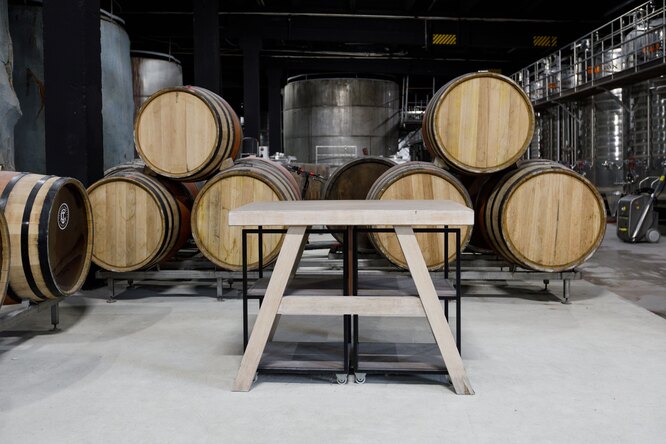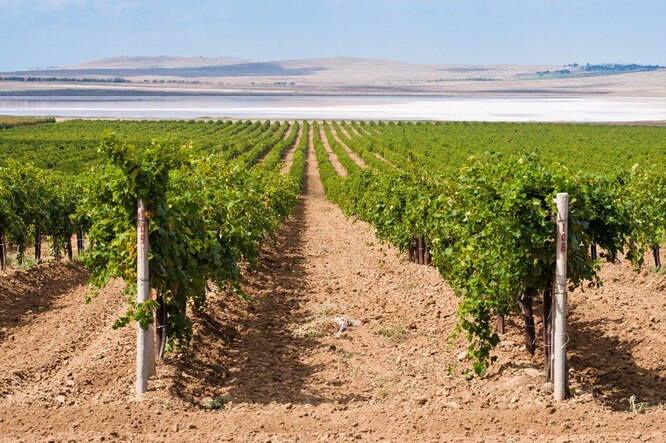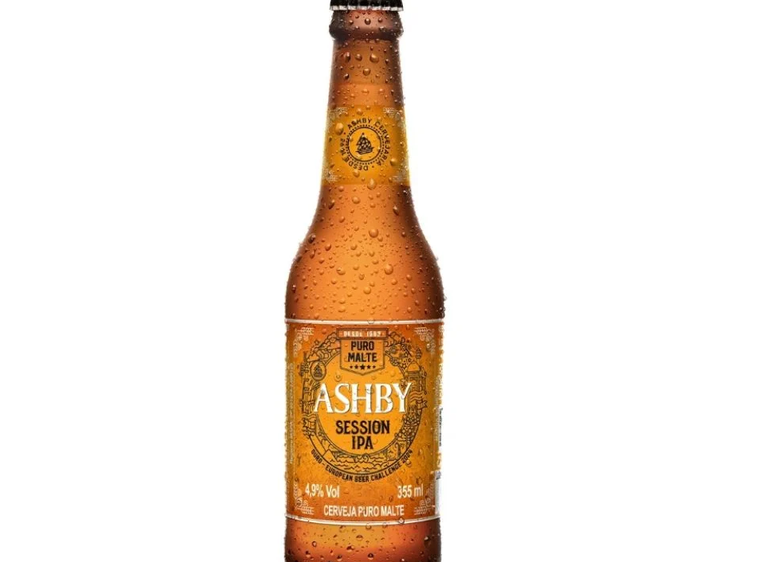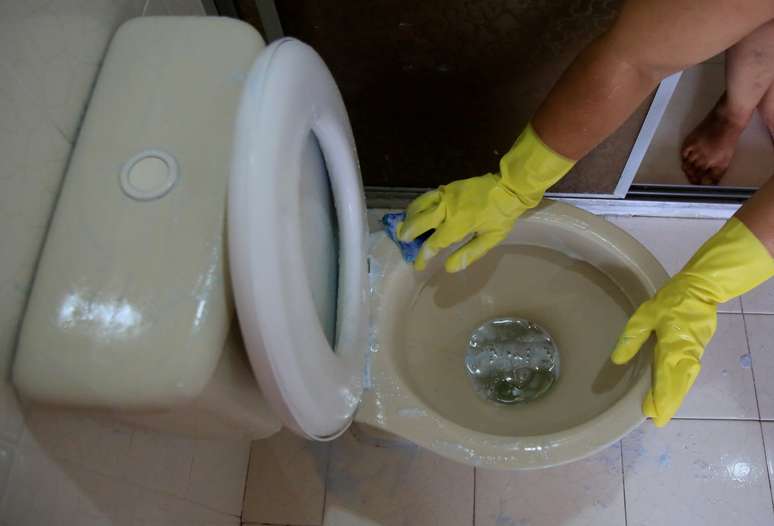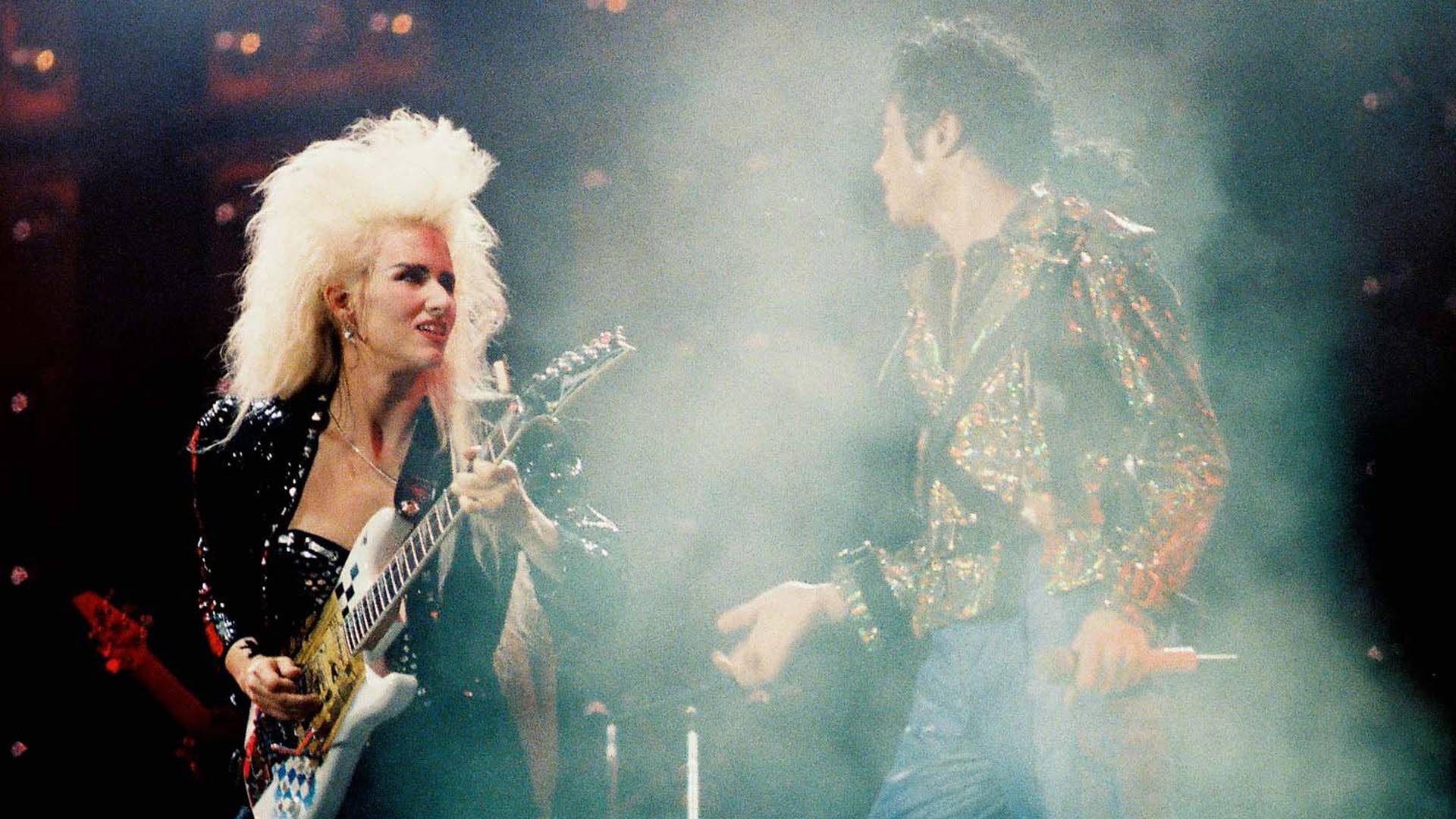Russian wines confidently gain the trust of consumers and take their rightful place on store shelves. Some of them are presented exclusively only in certain chains and, due to the optimal ratio of price, quality and taste, they are more and more often preferred. We figured out how these drinks are produced and how to choose them.
The demand for wine in Russia is gradually increasing. For example, in the Pyaterochka retail chain, from August last year to August 2023, a third of all sales in the alcohol category came from wine. Consumers are becoming more aware and are selecting options based on the season, occasion and completing their basket with suitable products based on the type and type of wine. Whether light snacks or complex dishes, wine often accompanies heart-to-heart conversations and gatherings with friends.
In general, Russian preferences are still quite conservative. White wine sales are growing, but red remains the favorite.
Who produces Russians’ favorite exclusives and how?
The harvest season ends in mid-October. Ripe aromatic berries are partially collected by combine harvesters, which, although mechanically, but as carefully as possible, separate the berries (sponge) from the branch (crest), feed them along a conveyor into a bunker, cleaning leaves and other impurities along the way. For certain types of wine, manual grape harvesting is used; it takes more time, but is considered more accurate. True, not all varieties require such care. And whatever the assembly format, the drink in your glass will reveal a fragrant bouquet.
As a rule, the further processing of the harvested grapes is as automated as possible. First, samples are taken and a primary analysis is performed. Then the raw materials enter the distribution lines and the weight, quality and assembly day are automatically recorded. After measurements, all the grapes are sent to the crushing and pressing department, capable of processing up to 2 million tonnes of fruit per day. For wine fermentation, there are open and closed workshops, the choice of which depends on the type of wine produced.
Red wines ferment in large containers equipped with a system for cooling, washing and purging inert gas from the internal space. All processes are fully monitored and managed remotely.
ADVERTISING – CONTINUED BELOW
